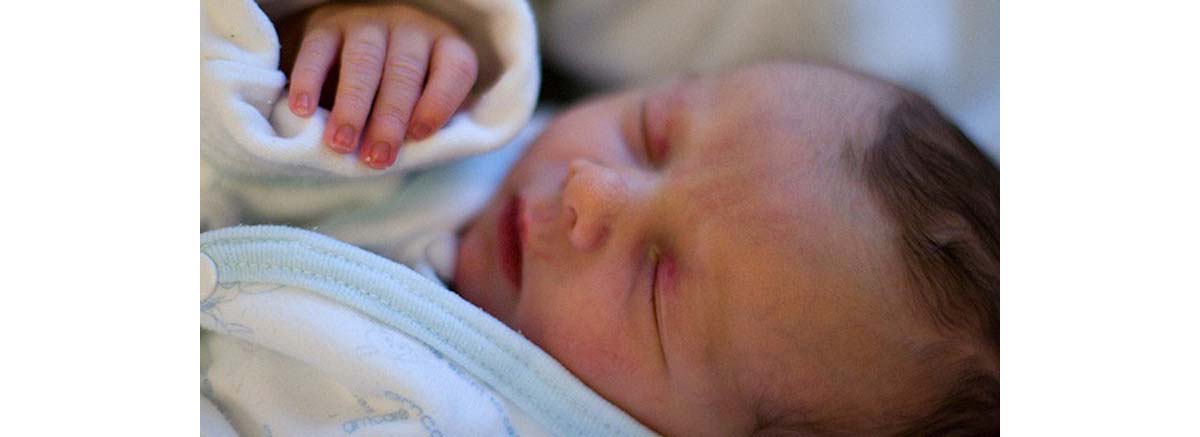Table of Contents
Prions, scientists have learned over the last 20 years, don't always cause disease. Prions have two different forms. There is a malformed, literally twisted, infectious form of a prion that attaches to enzymes that allow it to make vast numbers of copies of itself. And there is also a non-infectious, "unfolded" version of prion that exists in every cell in the body.

The non-infectious prion, known as a cellular prion protein or PrPC, seems to play an important role in the brain. It helps to make the proteins that form a protective, myelin sheath around neurons. PrPC is especially abundant in the neurons of growing brains, where it apparently helps neurons pass messages to each other.
A Clue to a Useful Role for Prions from Laboratory Research
Neuroscientist Enrico Cherubini of the International School for Advanced Studies in Trieste, Italy studied the brains of mice specially bred to lack the gene for making cellular prion protein. Looking at slices of the hippocampus, the region of the brain most involved in forming new memories, they used electrodes to provide bursts of electricity analogous to the firings of neurons involved in learning.
In the brains of healthy mice that had cellular prion protein, stimulating the hippocampus helped neurons form connections with each other. These connections may form a kind of "engram" that stores memories of experience in a form that the brain can retrieve.
In the brains of mice bred to lack cellular prion protein, however, stimulating the hippocampus had the opposite effect. Instead of forming new connections, the prion-free neurons lost connections, and their activity became depressed. The presence of prions, Cherubini and his collaborators believe, may be essential to the growth of the brain and the learning of basic skills in mice and in people.
Prions Promote Plasticity
Further experiments revealed that prion proteins help the brain to become "plastic," able to rewire itself when neurons are damaged or destroyed. Prions may be especially important in helping the brain store and retrieve visual memories, and in maintaining eye-hand (or in the case of laboratory mice, eye-paw, coordination).
Everything about prions, it turns out, probably is not bad. And if you are worried about catching mad-cow disease, don't. There have been only a few hundred cases in Europe and fewer than 20 in North America and Asia. Even better, the only zombies you'll ever have to concern yourself with are those you see on TV and in the movies.
- Caiati MD, Safiulina VF, Fattorini G, Sivakumaran S, Legname G, Cherubini E. PrPC controls via protein kinase A the direction of synaptic plasticity in the immature hippocampus.J Neurosci. 2013 Feb 13.33(7):2973-83. doi: 10.1523/JNEUROSCI.4149-12.2013. PMID: 23407955 [PubMed - in process]
- Caruso P, Burla R, Piersanti S, Cherubini G, Remoli C, Martina Y, Saggio I. Prion expression is activated by Adenovirus 5 infection and affects the adenoviral cycle in human cells.Virology. 2009 Mar 15. 385(2):343-50. doi: 10.1016/j.virol.2008.12.005. Epub 2009 Jan 12. PMID: 19138779 [PubMed - indexed for MEDLINE]
- Photo courtesy of ajc1 on Flickr: www.flickr.com/photos/ajc1/8619244128

